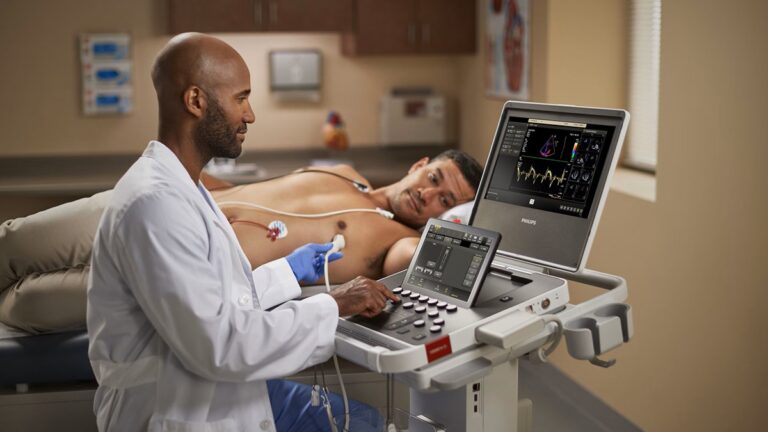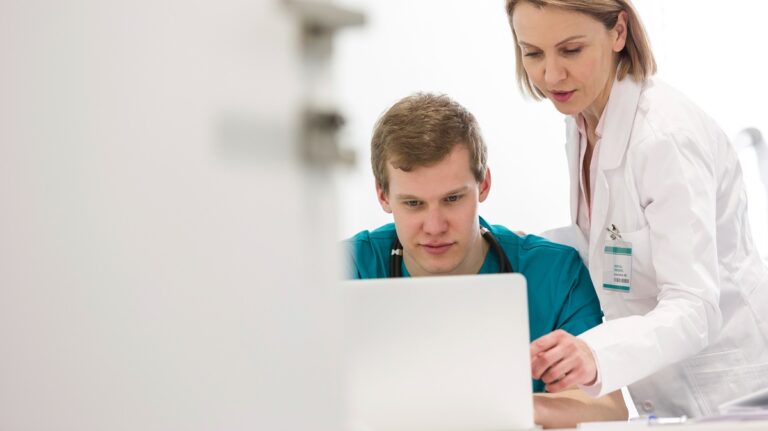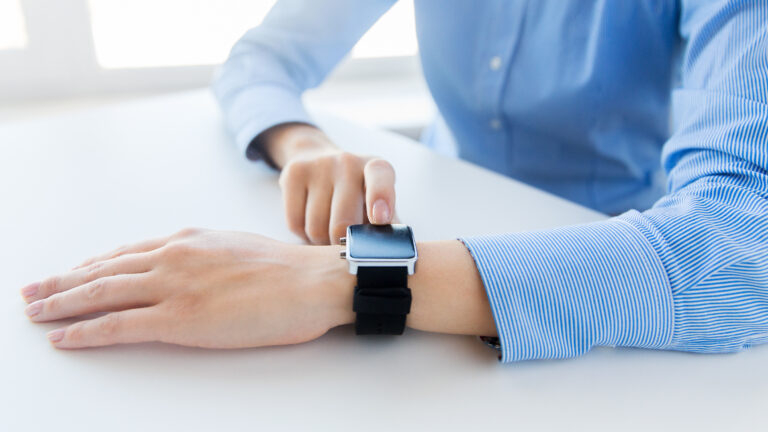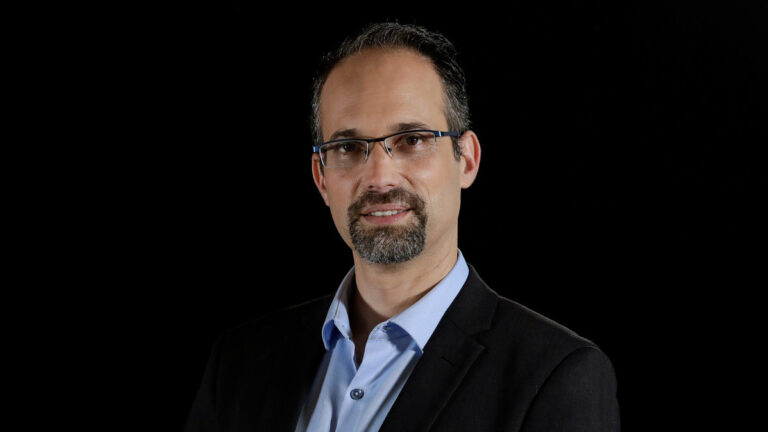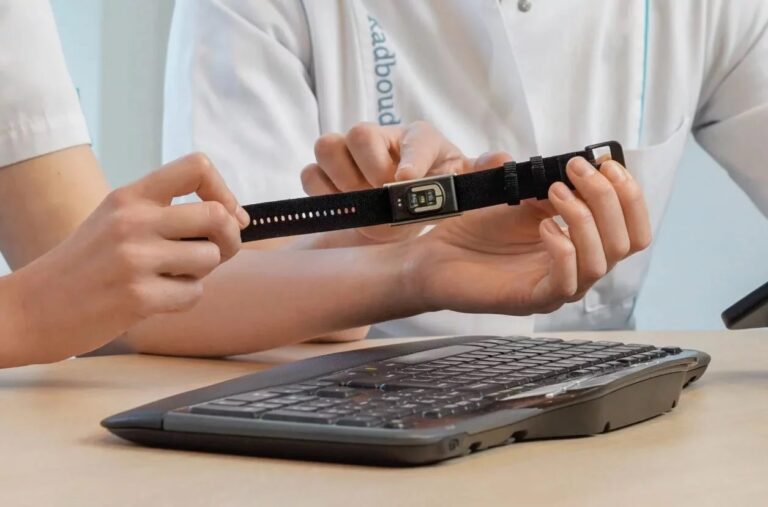Shinya Yamanaka from Japan showed that it is possible to make a heart cell out of a kidney cell in the lab, or to change a skin cell into a brain cell. For the development of this iPSC (induced Pluripotent Stem Cell) technology Yamanaka received the Nobel Prize in Medicine in 2012.
Neurons on a chip
Since then, the iPSC technology is further developed and applied in various ways. The ‘neurons on a chip’ is a good example. Neurobiologist Nael Nadif Kasri of the RadboudUMC explains: "you can take some skin cells from a patient with a brain disorder for example. You turn these skin cells into stem cells and you then turn those stem cells into neurons. If you place these neurons on a chip, you can read the activity of a small but personal patients network of neurons. "
With this application you can investigate the specific problems in neurons of that individual patient. Not only of a single neuron, but also of the cooperating neurons in a network. In addition, this ‘neurons on a-chip’ technique also offers the possibility to investigate the effect of (new) drugs.
Unfortunately it doesn’t always work equally well. Kasri: "The process of skin cell to stem cell is still pretty slow. Besides that, we saw that it doesn’t work on all cells, many different types of brain cells emerged and they often grow insufficiently, causing them to not function optimally as well. In short, there is still room for improvement. "
New protocol
Neuroscientists Monica Frega and Bas van Gestel, led by Nael Nadif Kasri and Kees Albers of the Department of Genetics at the Dutch Radboudumc, developed a new protocol in which virtually all skin cells change very quickly – in three weeks – in well developed neurons of the same type. With this you know exactly which neurons you’re dealing with. In addition, the neurons neatly group together on a chip, on a micro-electrode array, which ‘floats’ in a liquid to keep the cells alive.
"Our adjustments to the protocol allow us to produce a network of neurons very efficiently," said Kasri, "of which the electrophysiological characteristics are examinable very precisely with that chip. The protocol is taped by the Journal of Visualized Experiments (JoVE) and put online with accompanying text, so anyone can use it. "


